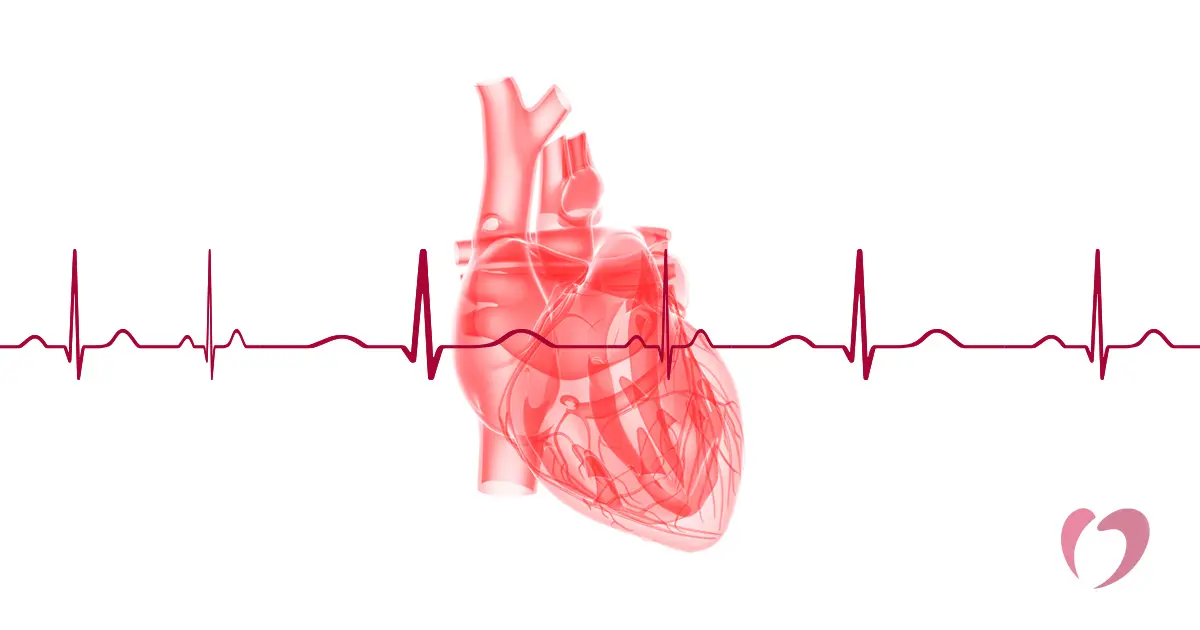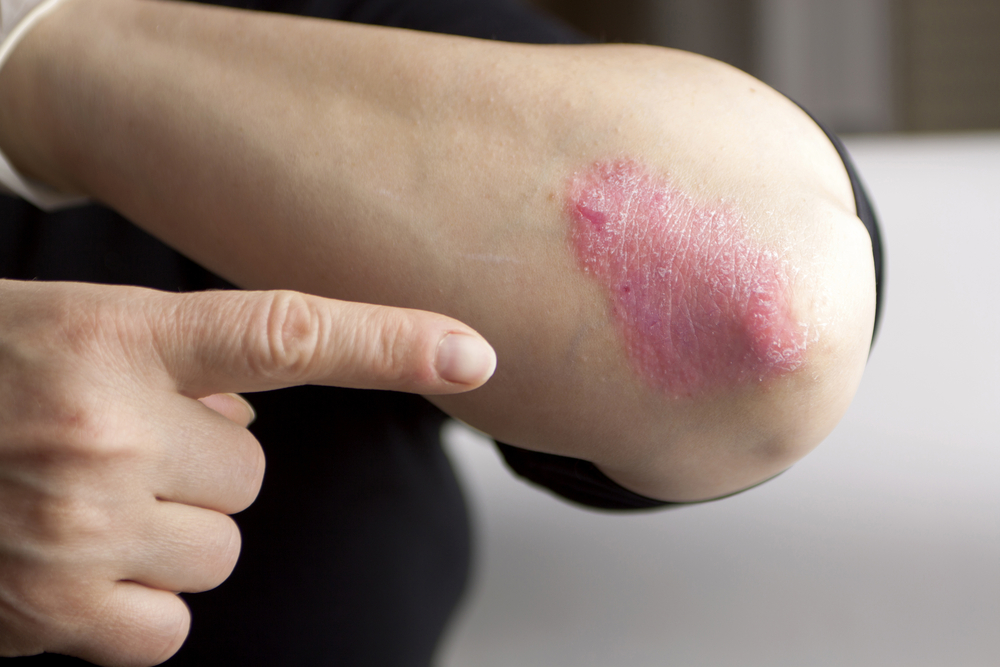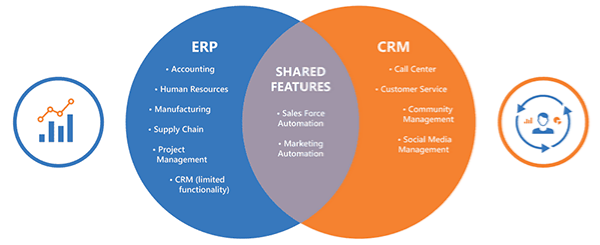Understanding the Causes of Urinary Incontinence and How to Address Them
Urinary incontinence is a condition that affects millions of people in the U.S., leading to involuntary urine leakage. Understanding the causes of urinary incontinence is the first step toward addressing this issue. There are various reasons behind urinary incontinence, and it can affect people of all ages. In this article, we’ll explore the common causes and provide solutions for managing or treating this condition.
🧠 Common Causes of Urinary Incontinence
There are several factors that can contribute to urinary incontinence. These causes can range from lifestyle habits to medical conditions. Here’s a breakdown of the common causes:
| Cause | Explanation |
|---|---|
| Aging | As people age, muscle tone in the bladder and pelvic floor weakens, leading to incontinence. |
| Pregnancy and Childbirth | Pregnancy and vaginal childbirth can damage the pelvic floor muscles and nerves, leading to stress incontinence. |
| Prostate Problems | In men, an enlarged prostate or prostate surgery can affect bladder control. |
| Neurological Disorders | Conditions like multiple sclerosis, Parkinson's disease, and stroke can interfere with nerve signals that control bladder function. |
| Obesity | Extra weight puts pressure on the bladder, leading to leakage. |
| Medications | Some medications, such as diuretics or sedatives, can cause urinary incontinence as a side effect. |
| Hormonal Changes | Hormonal changes due to menopause can affect bladder control, especially in women. |
🩺 Types of Urinary Incontinence
Understanding the type of incontinence you have is crucial for choosing the right treatment. There are several types of urinary incontinence, each with different causes and symptoms:
| Type of Incontinence | Description |
|---|---|
| Stress Incontinence | Leakage occurs when pressure is applied to the bladder, such as during coughing, sneezing, or physical activity. |
| Urge Incontinence | An overwhelming and sudden need to urinate that can lead to leakage before reaching the bathroom. |
| Overflow Incontinence | This occurs when the bladder doesn’t empty completely, leading to frequent dribbling of urine. |
| Functional Incontinence | A person is unable to reach the bathroom in time due to physical or cognitive impairments. |
| Mixed Incontinence | A combination of stress and urge incontinence symptoms. |
💡 How to Address Urinary Incontinence
There are several methods for addressing urinary incontinence, ranging from lifestyle changes to medical treatments. The most effective solution depends on the type and cause of incontinence. Below are some common approaches:
| Solution | Description |
|---|---|
| Pelvic Floor Exercises | Strengthening the pelvic floor muscles through Kegel exercises can improve bladder control and reduce leakage. |
| Bladder Training | This involves setting regular intervals for bathroom visits to train the bladder to hold more urine. |
| Medications | Drugs that relax the bladder or tighten the sphincter muscles can help control urinary incontinence. |
| Lifestyle Changes | Losing weight, limiting caffeine intake, and avoiding bladder irritants can help reduce symptoms. |
| Surgical Options | In more severe cases, surgical treatments such as sling procedures or bladder neck suspension may be necessary. |
| Medical Devices | Devices like vaginal pessaries can help support the bladder and reduce incontinence in women. |
🏥 When to Seek Medical Help
It’s important to consult a healthcare provider if urinary incontinence is affecting your quality of life. Medical help is especially needed if:
- Incontinence happens suddenly or worsens over time.
- You experience frequent urinary tract infections (UTIs).
- You are unable to control your bladder, leading to accidents.
- There is blood in your urine or severe pain during urination.
🏁 Conclusion
Understanding the causes of urinary incontinence is key to finding an appropriate treatment. By identifying the underlying factors and the type of incontinence, individuals can explore various options, including lifestyle changes, therapies, medications, or even surgery. Seeking timely medical advice will help address the issue effectively and improve your quality of life.




